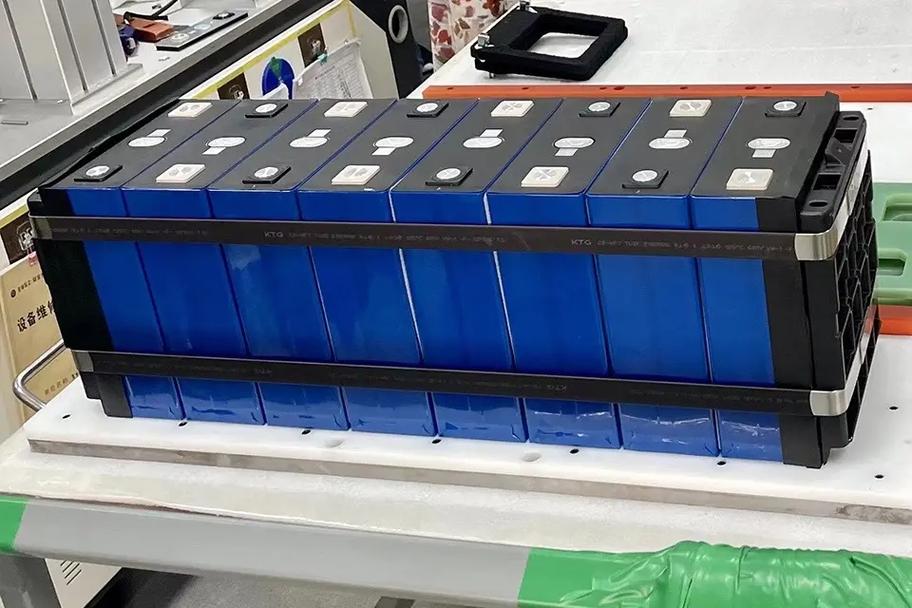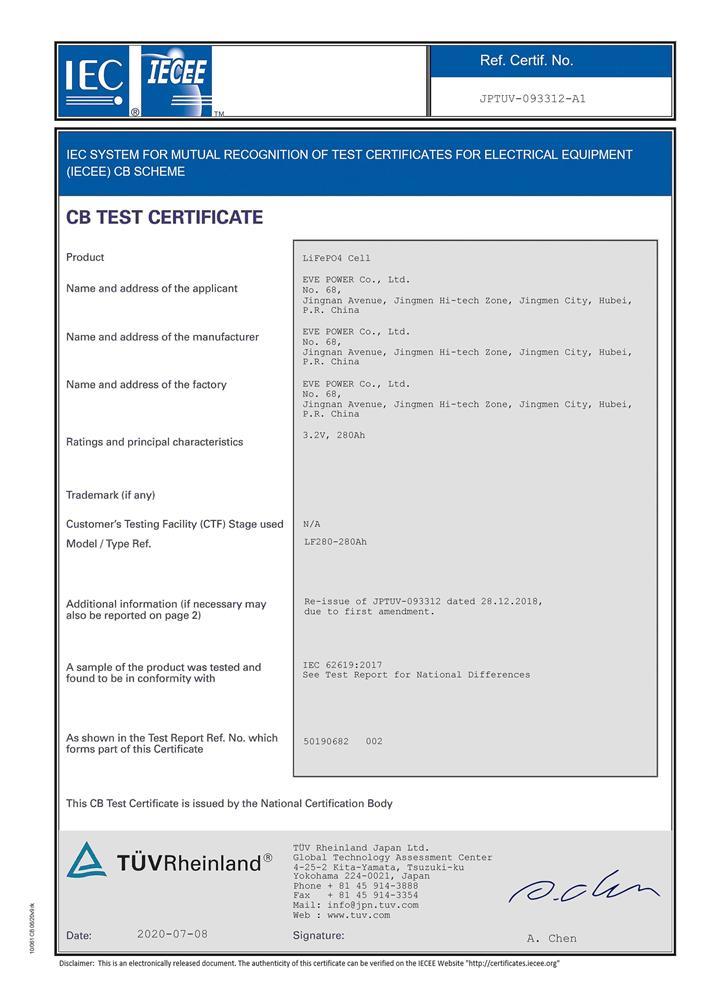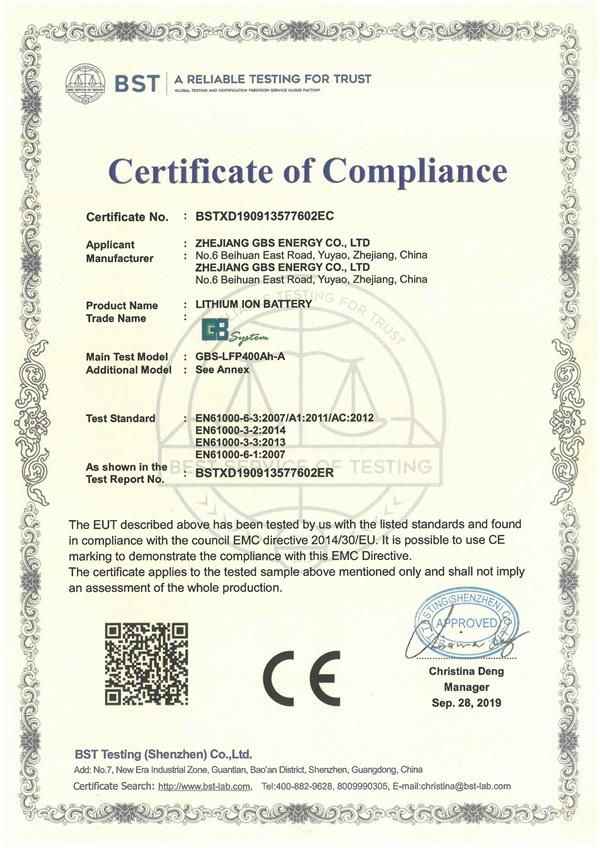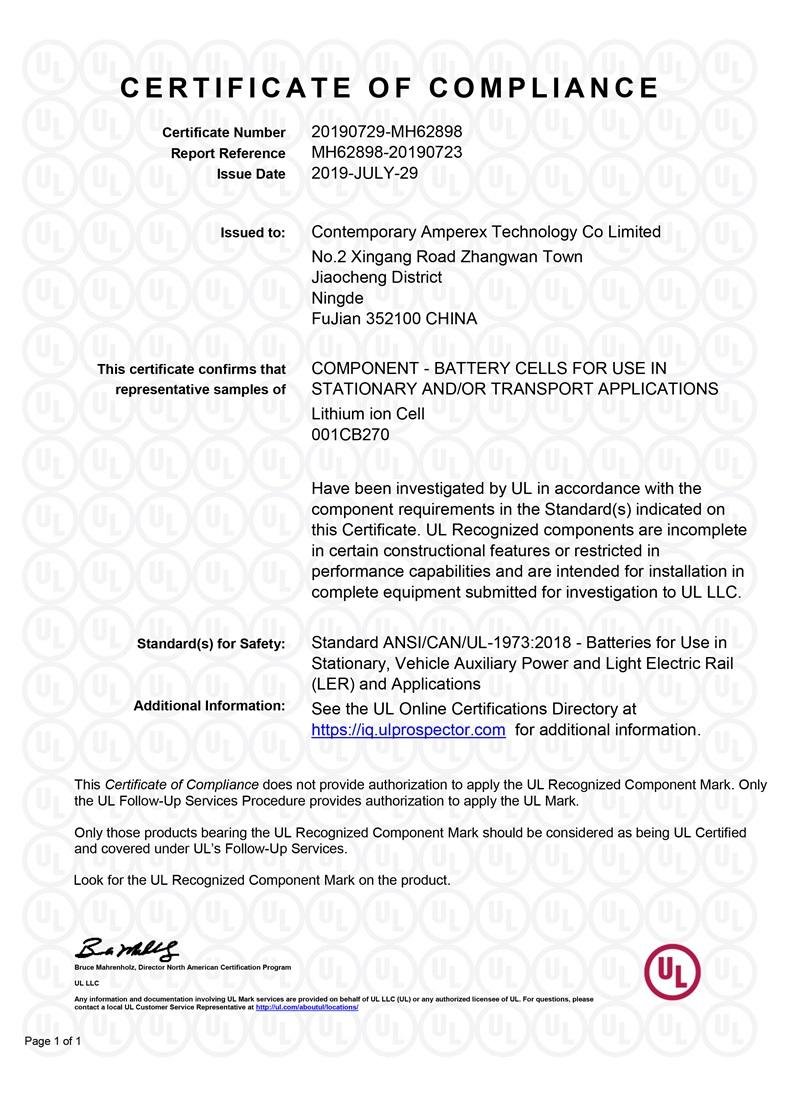Blog
The Key Step in DIY Battery Projects: The Importance and Techniques of LiFePO4 Battery Compression

If you’ve ever asked yourself, “Do I really need to do LiFePO4 battery compression?”—you’re definitely not alone. With the growing trend of DIY battery builds, more and more people are asking this question. And for good reason: Whether you choose to compress or not can directly affect the performance and lifespan of your battery pack. So, let’s break it down and see why battery compression is so important—and how you can get it right for your own DIY project.
What is LiFePO4 Battery Compression?
Simply put, LiFePO4 battery compression involves securely binding multiple battery cells together to prevent internal shifting or damage. This is also known as "battery fixture" in technical terms, and its main role is to prevent the internal components of the cells from delaminating or getting misaligned.
Here’s the thing: LiFePO4 cells are usually sold individually, and many DIYers like you will buy several cells to build a battery pack. While manufacturers don’t always provide clear guidelines on whether compression is necessary, industry tests and expert advice strongly suggest that it is. So, if you’re serious about making your own battery pack, compression is something you should definitely consider.
Why Should You Compress Your LiFePO4 Battery Pack?
You might be thinking: “Is compression really that important?” Let me break it down for you. When you compress the battery pack, you're not just holding the cells together. You're ensuring they stay aligned and intact during regular use, which has a huge impact on performance.
Without compression, the cells can expand, shift, or even become damaged from the internal forces during charging and discharging. This will ultimately reduce the lifespan of your pack and could lead to performance issues, such as:
- Swollen cells
- Deformed busbars
- Shortened battery life
In short, a properly compressed battery pack lasts longer and performs better.
How to Compress Your LiFePO4 Battery Pack: Step-by-Step Guide
Let’s get into the nuts and bolts of the process. It might sound a bit technical, but don’t worry—I’ll walk you through it. And trust me, once you get the hang of it, you’ll wonder why you didn’t do it sooner!
- Balance Your Cells: This is a must before compression. You want all your cells to be in a balanced state (i.e., charged to the same voltage level). Balancing ensures that each cell functions at its peak, which contributes to the overall health of the pack.
- Gather the Tools: You’ll need:
- Electrical tape or VHB tape (for securing cells)
- Hose clamps (to hold things in place)
- Insulating sheets and thin sponges (1-2mm thick) to avoid shorts between cells
- A plastic stand or insulated container to hold everything in place
- Arrange Your Cells: Lay out your cells in the configuration you want to use, whether that’s series or parallel. As you arrange them, place insulating sheets and sponges between each cell. This helps to maintain proper spacing and prevents any short circuits.
- Secure the Cells Together: Now, use the electrical or VHB tape to hold the cells in place. The goal is to make them tightly bonded but without too much pressure. You don’t want to crush the cells—just hold them in position.
- Install Busbars or Wires: Once your cells are bonded, connect them using busbars or the appropriate wires for your configuration. Make sure the connections are secure and properly insulated.
- Final Compression: Once everything is wired up, place the entire battery pack into a plastic or insulated container. This is where you’ll do the final compression. If you don’t have a fancy insulated stand, you can easily make one yourself using a plastic plate, studs, and nuts. This step ensures that the cells stay firmly in place during operation.
What Happens If You Skip LiFePO4 Battery Compression?
Here’s the hard truth: Skipping compression could lead to a lot of problems down the road. While it might not be immediately obvious, neglecting compression can result in:
- Swelling Cells: Without compression, your cells are more likely to swell under repeated charging cycles. This can cause a decrease in overall performance and even cause the battery to overheat.
- Internal Damage: Swelling can affect the internal structure of the cell, shortening its lifespan. This can lead to a decrease in the overall performance of your battery pack.
- Deformed Busbars: As cells swell, the distance between them increases. This can cause the busbars to deform, making the connections unreliable and potentially leading to short circuits.
In short, skipping compression may save you a few minutes now, but it could cost you much more in the long run.
Final Thoughts: Why Compression is Worth the Effort
As someone who’s worked on a number of DIY battery projects, I can tell you that compression is definitely worth the effort. The initial time you invest in compressing your cells properly will pay off with a longer-lasting and more efficient battery pack. I’ve seen too many DIYers skip this step, only to run into issues down the line, from poor performance to early battery failure.
Here’s my advice: Don’t skip it! Taking the time to properly compress your LiFePO4 cells means you’ll get a more reliable battery pack. And, let’s be honest, who wants to deal with a swollen, deformed battery pack after all the hard work you’ve put into your project?
Takeaway: A Few Tips for Success
- Don’t rush the compression process. Make sure each cell is securely fixed and that there’s enough insulation between them to avoid any short-circuiting.
- Monitor your pack over time. After compression, regularly check your pack for signs of swelling or performance issues. Early detection is key!
- Invest in good materials. A few extra bucks on insulating materials and secure fixing tools will save you money in the long run.
If you follow these steps and take the time to properly compress your cells, you’ll be rewarded with a long-lasting, high-performance battery pack. So, next time you’re building your own battery, don’t skip this crucial step—it’s worth it!
- Next:How to Avoid Fake LiFePO4 Batteries
- Previous:OTS LiFePO4 Batteries vs DIY LiFePO4 Batteries: Key Differences You Need to Know
Contact Details
Lithium LiFePO4 Batteries and Lithium LiFePO4 Cells Supplier - LiFePO4 Battery Shop
Contact Person: Miss. Elena Wang
WhatsApp : +8615263269227
Skype : +8615263269227
WeChat : 15263269227
Email : info@lifepo4batteryshop.com
All Products
Certification
Customer Reviews
- I have fond memories of our meeting in Shanghai with LiFePO4 Battery Shop Elena. Your company left a strong impression on me with its impressive growth and professionalism. We both value straightforwardness and honesty, which I believe are the most important qualities in any partnership. I am confident that we can build a successful collaboration based on these shared values. —— Robert from USA
- I've been working with LiFePO4 Battery Shop for years, and their reliability is unmatched. While other suppliers frequently change sales teams, LiFePO4 Battery Shop has consistently provided exceptional service with a stable team. Their commitment to quality and customer support truly sets them apart. —— Henry from Australia



